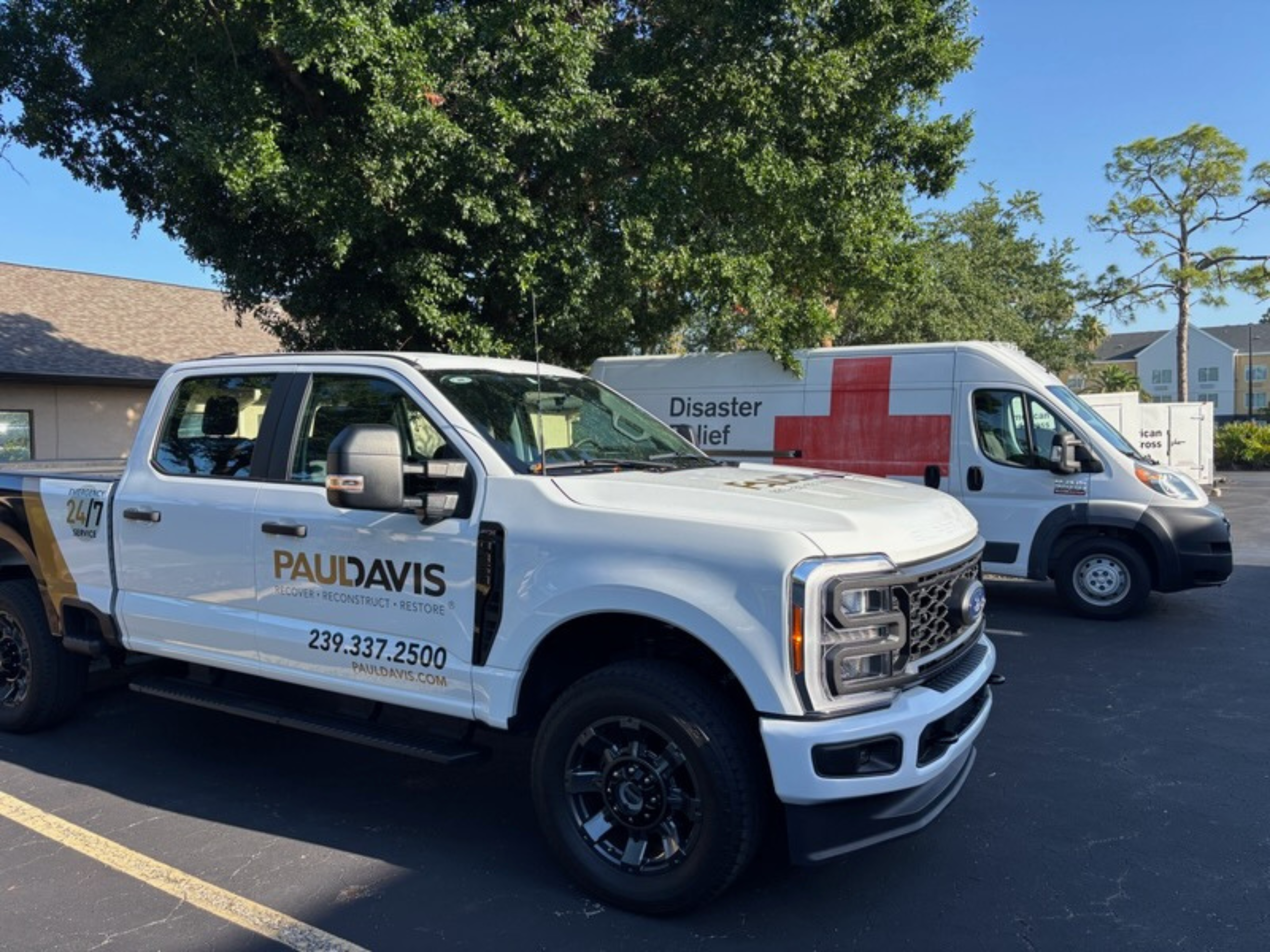History’s first washing machine, built in the late 1700s, was primitive. Users filled a box with clothes and water that they rotated by hand. Since then, models have improved and loads have gotten cleaner but mysteries of the device rankle us still. Why do we each lose an average of 15 socks yearly, for instance? Can the Sock Loss Index – no, we are not making this up, serious scientists invented it – explain these vexing disappearances?
Despite the device’s insatiable appetite for socks, washing machines are important workhorses in our homes. Average families do almost six loads of laundry weekly. “Given high prices and how hard it is to pick a new model, it’s wise to take care of the one you have,” says Brian Rigsby, President, Paul Davis Restoration of The Tri State Area – Cincinnati and Northern Kentucky. “So, let’s take on another washing machine mystery: how to make the machine in your house last longer.”
Level it: Moving parts were manufactured on tight tolerances to operate best in a level state. If the machine leans, parts rub and wear faster. Most are fitted with adjustable feet.
Check pockets: Coins are notorious for causing big repair bills but many forgotten items can damage the drum or clog the drain pipe. Metal objects may even shatter glass on front loaders.
Load wisely: Don’t overstuff the machine, which leads to load imbalances as well as motor and frame damage. Close fasteners on clothing to safeguard cylinders, drums and agitators.
Clean the machine, empty the filter: Washing machines may harbor germs like E. coli, salmonella and Hepatitis A from previous loads. White vinegar and baking soda – or a commercially available washing machine cleaner –scrubs the interior.
Limit detergent use: More detergent does not yield spiffier clothes. It deposits residue in the drum and clogs drain pipes. Use the recommended detergent for your machine, too.
Do full loads: Every cycle taxes the machine’s motor, drive and couplings, not to mention our patience. Combining many small loads into one larger load reduces overall wear and tear.
Remove wet clothing promptly: Mold and mildew grow quickly on wet garments that linger. Microbial growth damages gaskets and can be difficult to eradicate once established.
“One more important rule to follow: replace supply hoses yearly,” Rigsby urges. “These hoses are under lots of pressure and they are inexpensive to swap out. We’ve completed many flood restoration projects at homes damaged by burst washing machine hoses.”











